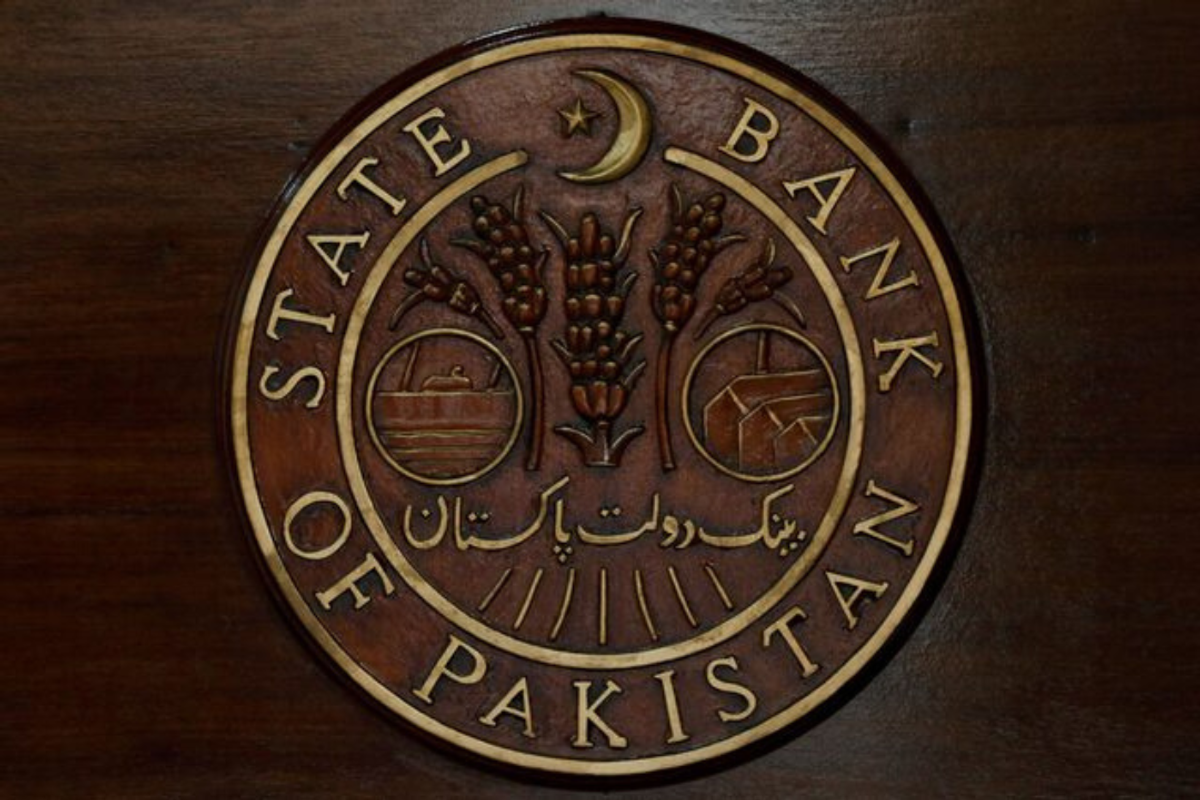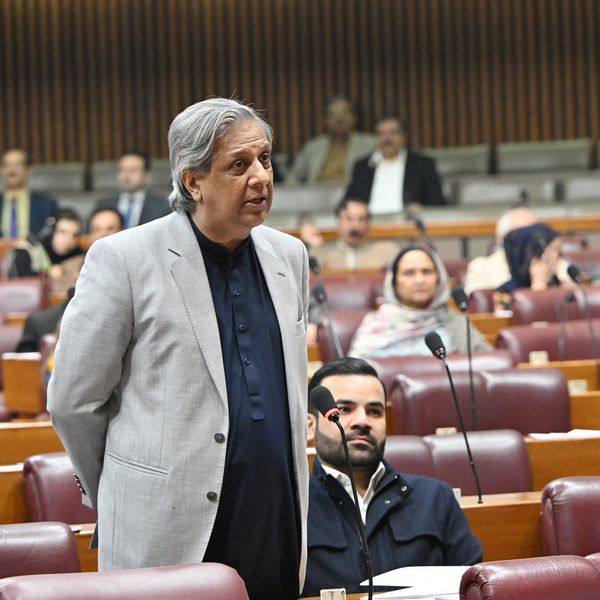SBP sees trade gap widening, projects current account deficit of up to 1% of GDP in FY26
Central bank forecasts GDP growth of 3.25-4.25% and reserves rising to $15.5B by year-end, but warns external financing needs remain high despite stronger remittances
Business Desk
The Business Desk tracks economic trends, market movements, and business developments, offering analysis of both local and global financial news.

The logo of the State Bank of Pakistan (SBP) is pictured on a reception desk at the head office in Karachi, Pakistan
Reuters
The State Bank of Pakistan (SBP) expects the country’s trade deficit to widen further in the current fiscal year, projecting a current account deficit between 0% and 1% of GDP in FY26, according to its latest Monetary Policy Report (MPR) released on Wednesday.
Despite continued growth in workers’ remittances, the SBP cautioned that external pressures would mount due to rising imports and persistent global economic uncertainties. However, it expects projected financial inflows and continued interbank foreign exchange purchases to support a buildup in the central bank’s reserves, which are projected to reach $15.5 billion by December.
The MPR outlines the key economic developments and policy considerations discussed in the recent Monetary Policy Committee (MPC) meetings, where the policy rate was maintained at 11% in both June and July. The SBP said the current real interest rate remains sufficiently positive to help anchor inflation within its medium-term target range.
Growth outlook and inflation management
The report projects real GDP growth between 3.25% and 4.25% for FY26, as the lagged effects of previous interest rate cuts continue to feed into the economy. The SBP previously slashed the policy rate by a cumulative 1,100 basis points, and the MPR includes a dedicated analysis of the lag in monetary transmission.
While inflation remains a concern, the SBP expressed confidence in current policy settings, bolstered by visual tools like fan charts to depict uncertainty in inflation forecasts.
Reserves and external financing
In FY2025, Pakistan fully met its external debt obligations and significantly increased its foreign exchange reserves, which rose to $14.3 billion by July 25, compared to $9.4 billion in August 2024. The report credits this performance to the timely completion of IMF reviews, a $1 billion commercial loan supported by an ADB guarantee, and other multilateral inflows.
Still, the SBP warned that Pakistan’s external position remains fragile, estimating external financing needs of $24-25 billion for FY26 and FY27. Progress under the IMF program, as well as timely disbursements, remains critical for sustaining external stability.
The MPR includes five analytical box items covering the delayed impact of interest rate cuts, global monetary policy trends, interpretation of forecast fan charts, use of alternative data and machine learning for monitoring labor market trends and agricultural activity.
The report is part of the SBP’s ongoing efforts to improve transparency and communication around monetary policy formulation.










Comments
See what people are discussing